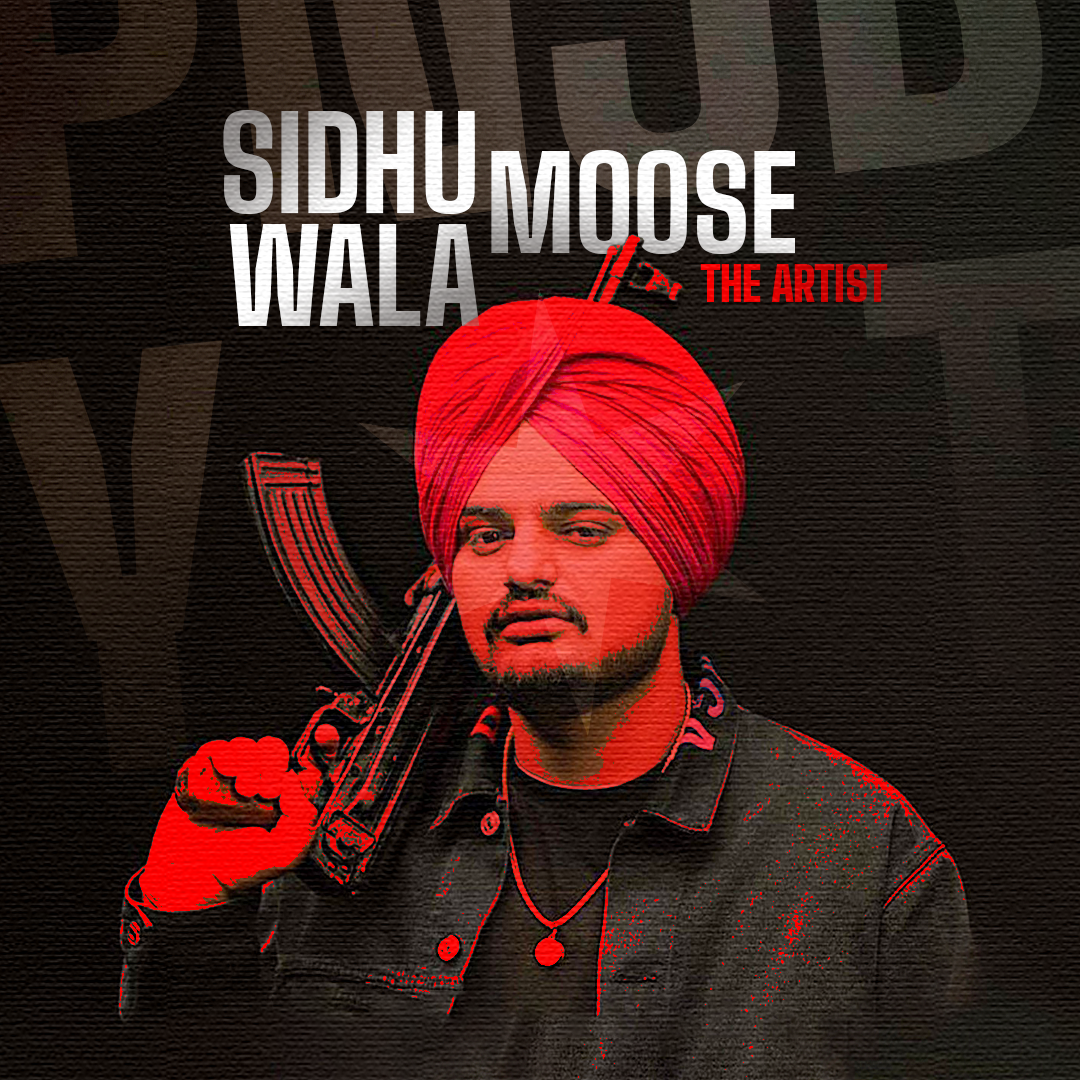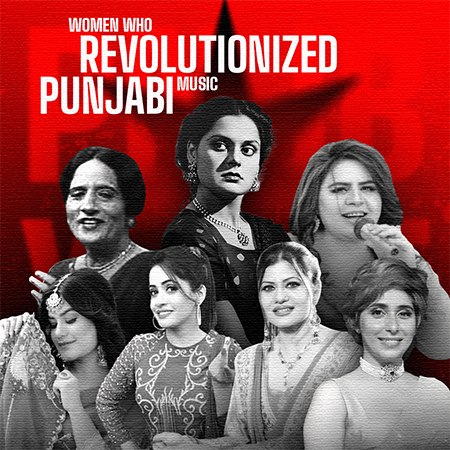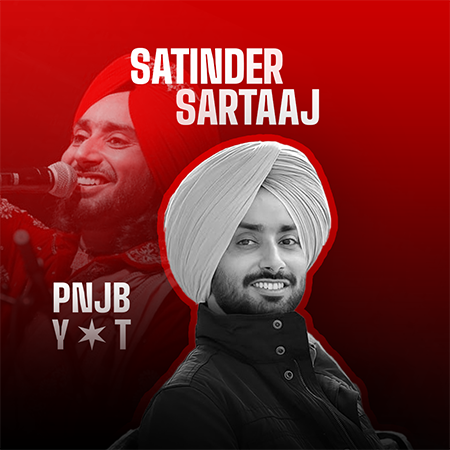
Sidhu Moose Wala: The Artist
A Voice That Refused to Be Silenced
Shubhdeep Singh Sidhu, better known as Sidhu Moose Wala, emerged from the village of Moosa in Punjab and reshaped the sound and scope of Punjabi music forever. Deeply influenced by both hip-hop legends like Tupac and his own Punjabi roots, Sidhu created a fearless lyrical style that spoke to a generation.
His tragic death in May 2022 left a void, but not silence. His music, presence, and voice still echo across playlists, protest slogans, and public memory. As detailed in his Wikipedia profile, his rise was as intense as it was influential.
Unfiltered Lyricism
Sidhu’s lyrics didn’t sugarcoat. Whether it was themes of community pride, street politics, or personal grief, his words hit hard. Tracks like So High, 295, and The Last Ride quickly became anthems—not just for their sound, but for their soul.
He wasn’t here to entertain alone; he was here to express, to question, and to leave behind verses that mattered. In a sea of party tracks, Sidhu chose honesty, often wrapped in controversy but never lacking in courage.
Global Voice with a Local Soul
Sidhu Moose Wala’s impact wasn’t limited to Punjab or even India. His fanbase stretched across Canada, the UK, and the US, where the diaspora found pride in a voice that represented them. Yet, despite this global success, his visuals, dialect, and storytelling remained grounded in Punjab.
Through collaborations with artists like Mist and Steel Banglez, he brought Punjabi music to mainstream Western audiences—without diluting its essence.
More Than Music
His influence wasn’t just artistic. Sidhu entered politics in 2021, standing for the Indian National Congress. While his political journey was short-lived, it reflected his desire to be more than a performer. He wanted to do something real for his people.
This multi-dimensionality—artist, thinker, provocateur—only adds to the complexity and brilliance of his legacy.
A Legacy That Won’t Fade
Even after his passing, Sidhu’s posthumous releases continue to dominate charts and conversations. Murals, tattoo tributes, Instagram pages, and sold-out tribute shows reflect a legacy that defies time.
He made Punjabi youth feel heard. He gave voice to their anxieties, ambitions, and anger. And he did it while wearing his roots like a badge of honour.
If you want to understand the man behind the mic in more detail, this Wikipedia entry offers a comprehensive overview of his life, career, and contribution to music and society.
More Stories on Punjabi Music and Culture
Head to the PNJBYT blog archive to explore in-depth features, artist journeys, and untold stories from the Punjabi music world: https://pnjbyt.com/blog-2/







